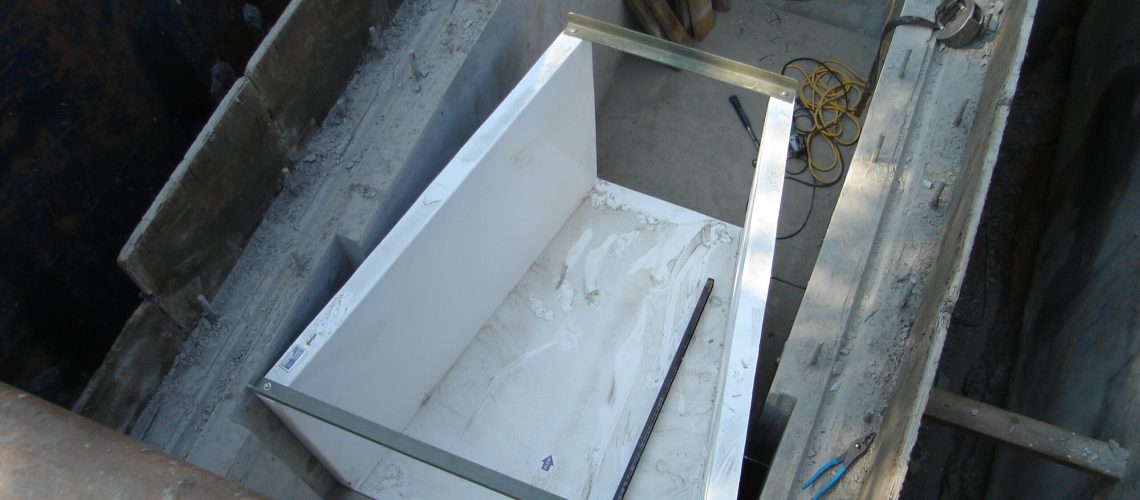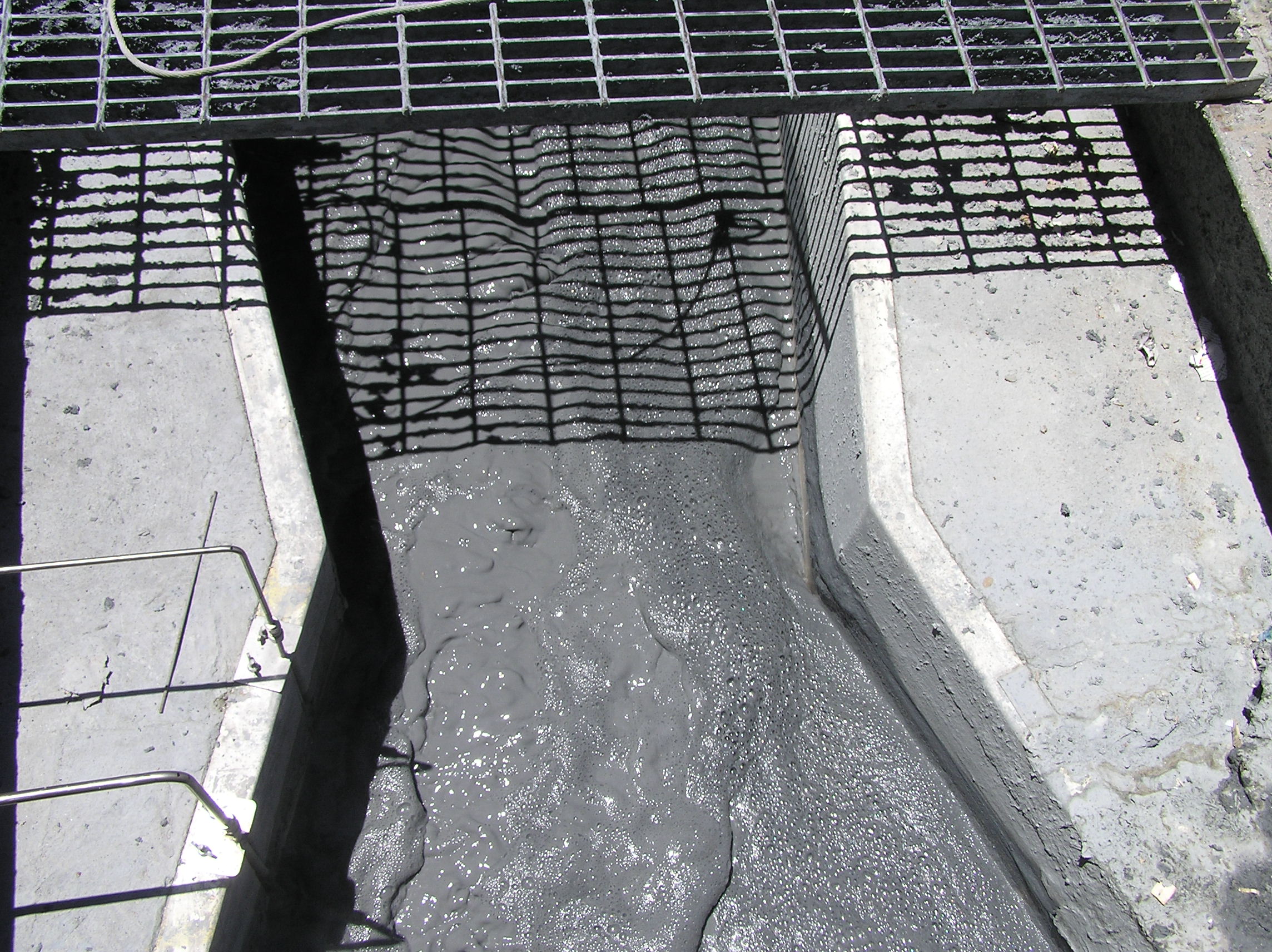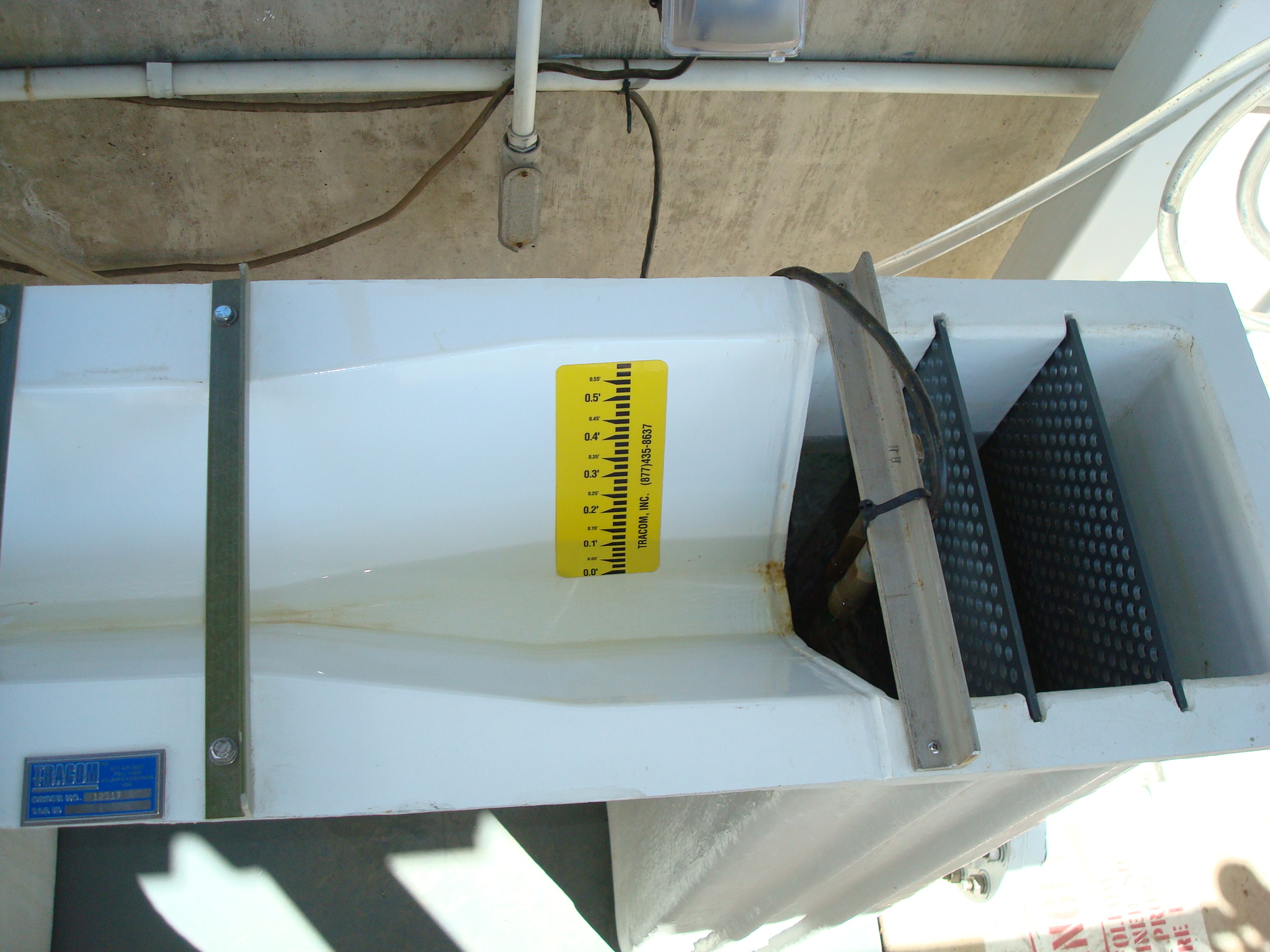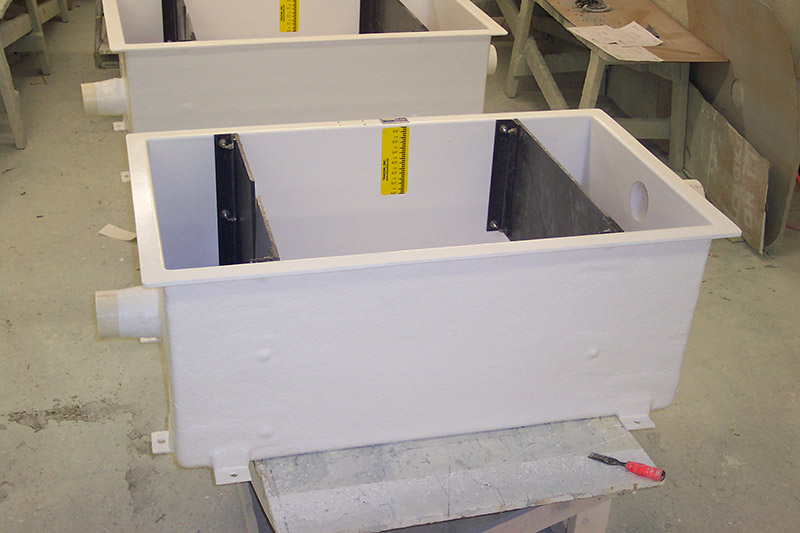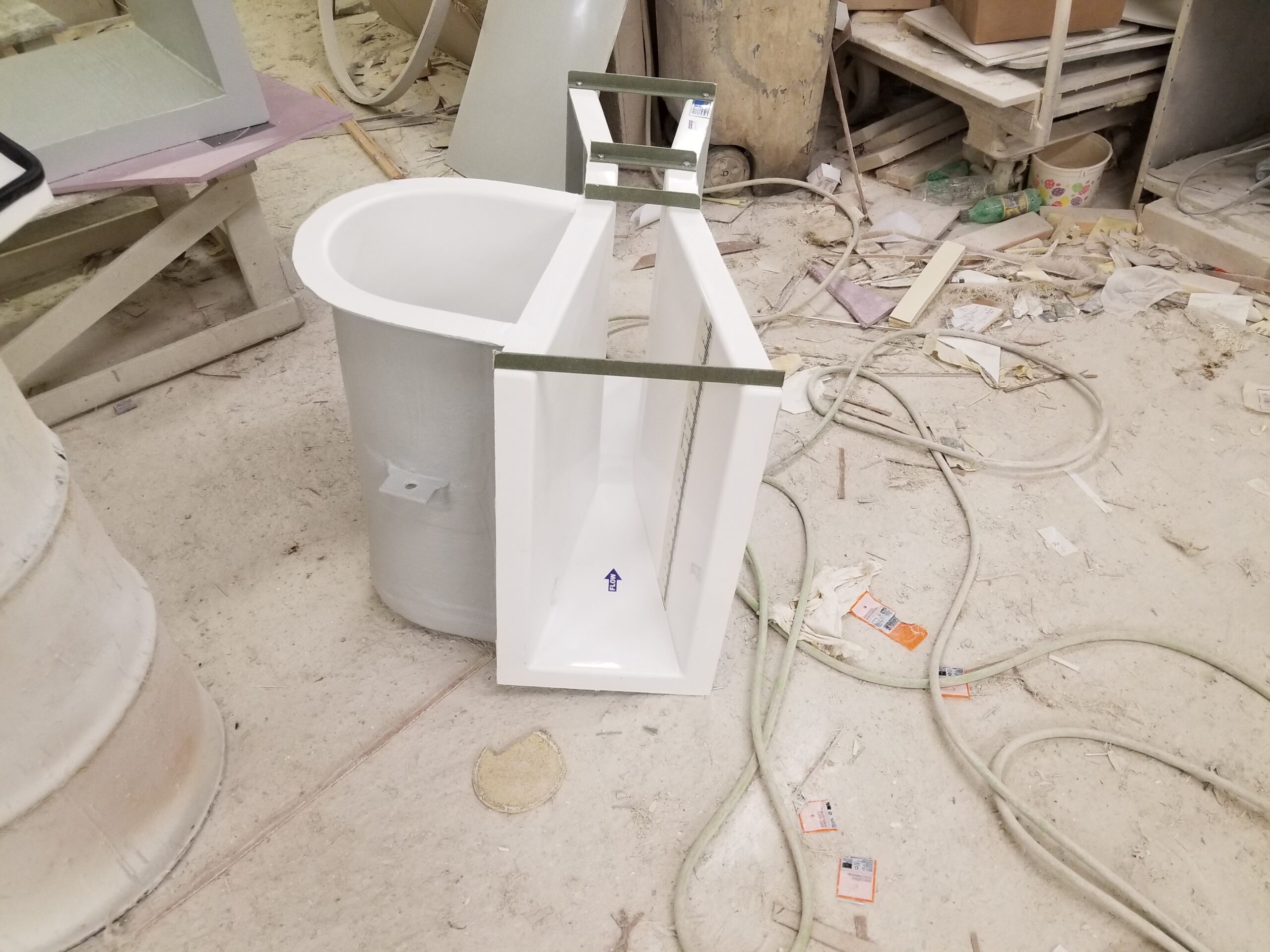When installing a flume in your open channel flow system, it’s common to wonder if you need to add wing walls to your device. While wing walls are not a necessity, they can help to improve the functionality of your primary flow management device. Here are a few facts you should understand about wing walls and flumes so you can decide if you need this accessory in your system.
What Are Wing Walls?
The first thing people wonder about wing walls is what they are and how they can improve your fiberglass flume. Basically, the purpose of wing walls is to direct flow into and out of your flume. You would typically add wing walls to your flume if you’re installing a device in a large channel where the flow would bypass your flume if not directed. It’s important to remember wing walls have no impact on the condition of the flow. Their only purpose is to direct the flow in your system into your flume.Wing Wall Materials
A common question people have about wing walls is if this accessory needs to be made from the same material as the flume to which it is attached. Fortunately, there is no need to make sure your wing walls and flumes are constructed from the same material. Theoretically, you could have a galvanized steel flume and fiberglass wing walls, or vice versa. In some cases, you can even form your wing walls yourself, although having them produced by an experienced manufacturer is usually the better choice. If you want your flume and wing walls to last as long as possible, however, you should consider having them both constructed from fiberglass. Fiberglass is a durable material, resistant to forms of damage that are common in open-channel flow operations.Correct Wing Wall Installation
Like every open channel flow tool, the key to getting the most out of your wing walls is ensuring they have been installed correctly. First, you must be sure your wing walls cover the entire width of the channel. If your wing walls do not span the whole channel, flow bypass will occur, defeating the entire purpose of installing wing walls. Second, after making sure that your wing walls are the correct width, you need to be certain that they are watertight. Failing to make sure your wing walls are water-tight will also allow flow to bypass your flume, and may also result in scouring of the channel. Lastly, the angle of your wing walls should not be too severe, as this can impact the velocity of your flow as it enters your flume. Keep these factors in mind and you should be able to successfully add wing walls to your flume.Invest in a Flume
After learning about wing walls and flumes, you may be ready to add this feature to your flow management device. If so, then your best solution is shopping with Tracom, FRP. We offer our customers fiberglass flumes in a wide range of styles, most of which can be integrated with wing walls. Contact one of our representatives today to learn more about our flumes and wing walls, and to request a product quote.More Resources!
Fiberglass Cutthroat Flume
September 19, 2017
There are several different styles of flumes that you could choose to manage the flow in your system. However, perhaps the most interesting is the ...
Read More →
Common Flow Rate Measurement Errors
July 13, 2021
Flow rate measurement can be relatively easy if you know what you’re doing, but even the most experienced can make mistakes every now and then. ...
Read More →

